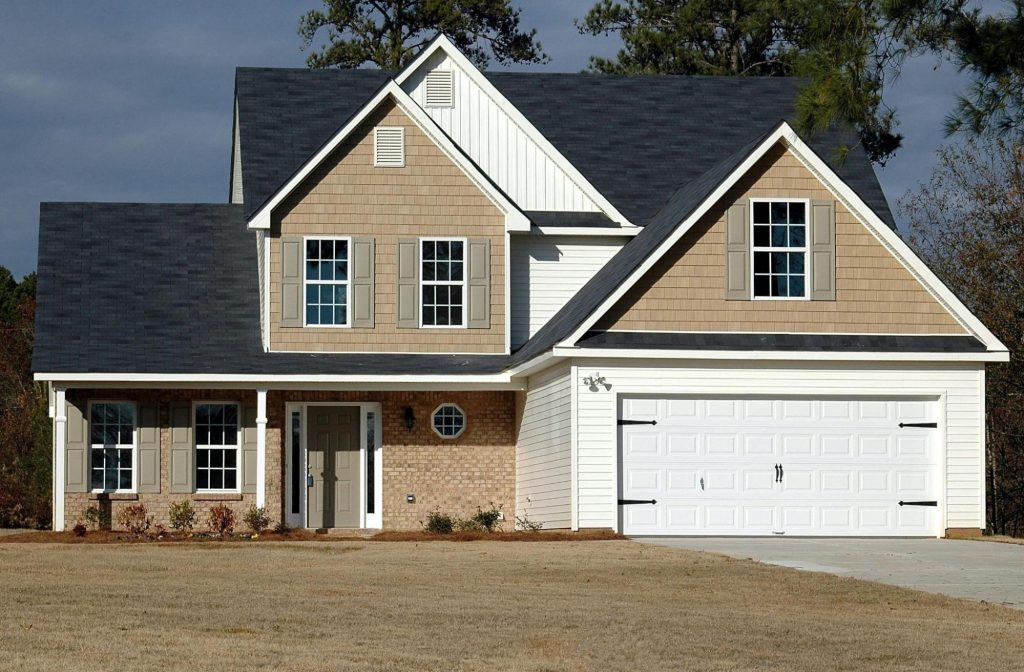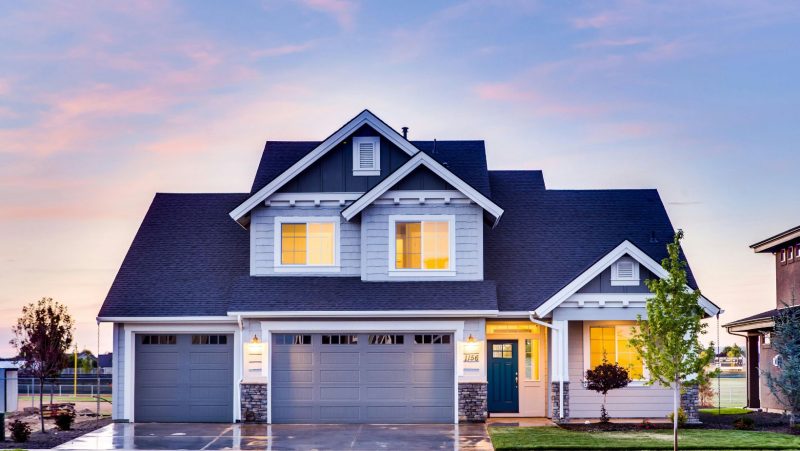
Building a custom home allows you to create a living space tailored to your specific needs and preferences. However, the location of your home is just as important as its design. This guide will help you navigate through essential aspects such as neighborhood amenities, environmental factors, and future growth potential. By carefully considering these elements, you can make an informed decision that aligns with your long-term goals and aspirations.
Neighborhood Amenities
An important factor to consider when choosing a location for your custom home is the availability of community amenities. Proximity to schools, healthcare facilities, shopping centers and recreational areas can significantly impact your daily life. For instance, custom homes in Georgia benefit from being close to a variety of amenities that cater to different lifestyles. Whether you prioritize educational institutions or prefer easy access to nature trails and parks, ensuring that these amenities are within reach can enhance your overall living experience.
Considering the proximity to entertainment venues, such as theaters, museums, and restaurants, can also greatly contribute to your quality of life. Living in a vibrant community with a diverse range of cultural offerings can provide plenty of opportunities for socializing and entertainment. When evaluating potential locations, take the time to explore the surrounding area and assess whether it aligns with your lifestyle preferences and values.
Environmental Factors
Environmental considerations play a pivotal role in selecting the perfect site for your custom home. It’s important to evaluate the climate, natural landscapes, and potential risks such as flooding or wildfire zones. In addition, understanding the soil quality and topography can influence your construction plans and costs. For example, building on a slope may require additional foundation work but can offer stunning views. With that in mind, conducting thorough research on environmental conditions helps in making a decision that ensures both safety and aesthetic appeal.

Assessing the local ecosystem and wildlife can help you make environmentally conscious decisions during the construction process. By incorporating sustainable design elements and choosing materials that complement the natural surroundings, you can create a home that harmonizes with the environment. This not only minimizes your ecological footprint but also enhances the overall aesthetic appeal of your custom home.
Future Growth Potential
When planning to build a custom home, it’s essential you consider the future growth potential of the area. Analyzing trends in real estate development and urban expansion can provide insights into how the neighborhood might evolve over time. Investing in a location with promising growth prospects can enhance property values and provide greater returns in the long run. Additionally, being aware of planned infrastructure projects such as new roads or public transportation systems can influence your decision by highlighting areas with improved connectivity and accessibility.
Conducting thorough research into the local economy and job market can also provide valuable insights into the long-term stability of the area. A thriving economy with diverse employment opportunities can contribute to the overall desirability of the location and support the appreciation of your property value over time. By choosing a location with strong economic fundamentals, you can ensure that your custom home investment is well-positioned for future growth and success.
Zoning Regulations
Zoning regulations are another crucial aspect to consider when selecting a location for your custom home. These rules govern land use and dictate what types of buildings are permitted in specific areas. Understanding local zoning laws ensures that your construction plans comply with legal requirements and helps avoid potential conflicts down the line.

It’s also important to be aware of any restrictions related to building heights, setbacks, or architectural styles that could impact your design vision.









